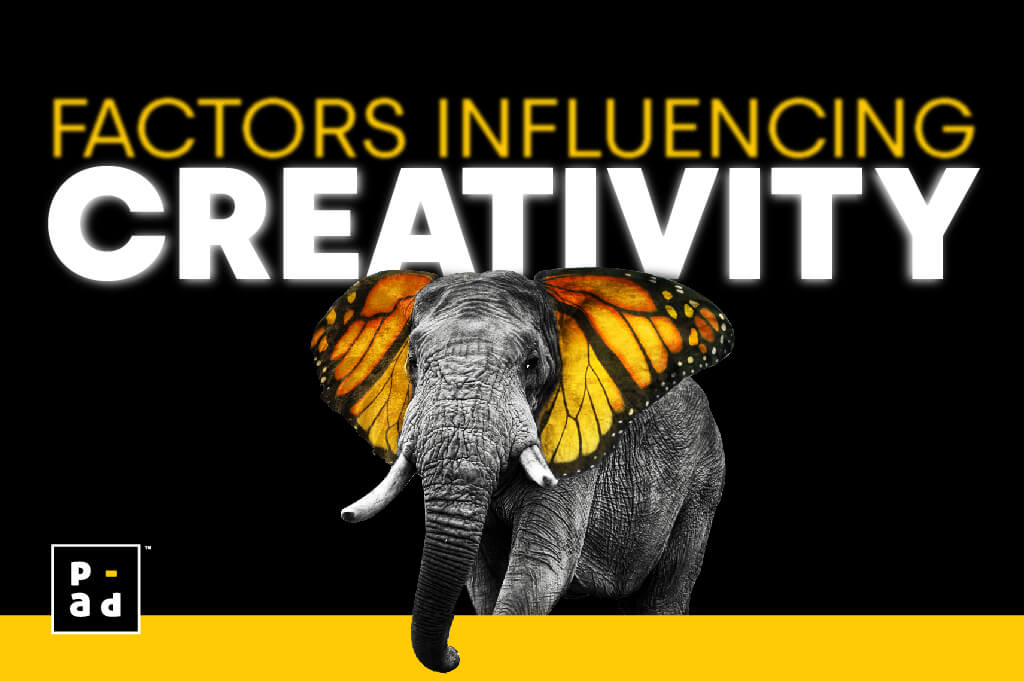Listen To This post:
To put simply, there are psychological factors influencing creativity behind a brand or a campaign. These factors have arrived through a careful understanding of the wiring of the mind & are categorized as ‘influences’ to be weaved in a creative campaign.
Brands, over the course of decades, have tried & tested a lot of human psychological factors in order to influence the decisions made by consumers, through advertising. The brand being creative is nothing but a symphony of all these factors subconsciously working by influencing the consumer. Many times, creative advertising agencies sing this symphony on behalf of the brand with such melody that it becomes a social unspoken norm.
In the world of consumer psychology, our true nature or a certain action is determined by how we react/have reacted to a stimulus within an area of zero influence on our thoughts. And this is the kind of knowledge that matters the most in the world of advertising as it helps to build contextual associations with the product or service by building non-conscious influences via content.
Everything around us influences us whether we believe it or not. And among these influences, the majority of them are the subliminal factors and yet stronger. How? Let’s start with the value of a product beyond its utility. Every product/service aims at providing beyond just the benefits of ‘satisfying a need’. And we literally look for those benefits beyond just the satisfaction. If we say a car is a car then why do we have so many different brands of cars? Hence, we are spoilt with different choices of ‘feelings’ which we experience that is strongly associated with a product/service.
Brace for getting triggered!
Someone you don’t know did this

And your reaction is

Last year, a girl posted a picture of how her boyfriend eats KitKat & twitter users literally asked her to break up with him. This small incident demonstrates how a small deviation in the context is unacceptable by people’s standards.
Source: https://www.unilad.co.uk/food/woman-told-to-dump-boyfriend-because-of-how-he-eats-kit-kats/
The non-conscious effect: Brand rewiring a consumer habit
Over the years, KitKat has built the context for the way it should be consumed. And anyone not following that way disturbs us and a disturbed us has a lot to say. Thanks to social media platforms, users themselves will reinforce the contexts.
The high level of self-awareness of the audience can be credited to the rapid adoption of using internet & the availability of information at the fingertips. This has changed the landscape of creative thinking. Not just this, but also the availability of tools which help the audience filter their ad consumption. Ex: Adblockers, single-handedly are shaping the way digital ads are being consumed. Hence the need for the contextual content has taken the creativity, up a notch.
Creative thinking, majorly, begins with a question. If every brand is the best brand in its category, then how does a customer define which one is the best brand for them? The moment you have finished reading the question, ‘customization’ popped up in your head. Isn’t it? So, ‘what’ will you customize now? I will customize the content based on the different consumer personas. These personas here define the contexts & the objective becomes ‘subjective’ content which the audience relates to.
Let me explain.
Imagine you & I are sitting in a Starbucks. Consciously, we are having a coffee but unconsciously we are enjoying the ‘ambience’. The music, the chatter of other customers, the occasional customer-call outs by baristas, the couple giggling right next to you, a hipster wearing glasses and using his mac, the honks of patientless cars passing by, everyone’s laughter, etc. This ambience is being monitored by our intuitive system – which consciously makes us take a sip of the coffee, every now and then.
The minuscule factors that build the context around the brand or product matter, because they give visible vibes of an individual’s ‘personas’, which is what we relate to.
Another simple example is the arrow that points from a to z in the amazon logo. It doesn’t seem much but when you look at what amazon sells; I think you know the answer now.
Non-conscious ‘messaging’ either already has or is currently influencing our behaviour right now. Suppose you landed up on this page because you found the title of the blog as interesting. And you give a brief scroll to assess the length of the blog. BUT I AM GOING TO CAPITALIZE & CHANGE THE FONT OF THIS PARTICULAR SENTENCE ONLY BECAUSE THIS WHERE YOU WILL STOP FOR A BRIEF MOMENT THINKING THAT THIS LINE MUST BE IMPORTANT. This is because your intuitive system triggered action of pausing for a moment to read the line. The sentence typed in uppercase letters and a different font is a demo of how a simple change can exert a non-conscious influence on what you will read first.
Let’s connect all the above to customer experience. These non-conscious influences on the unconscious mind influence the behaviour. These influences can be as simple as a creative or as complex as the brand or product’s ecosystem. Whether they are superluminal or subliminal messages, its important depending upon the context of the content.
Non-conscious influence itself does not guarantee success, but it can guarantee those components of content which affects customers. It’s all those little things which create the entire experience of a creative that gets a pat on the back. In other words, influence subtly but be vigilant consistently.

